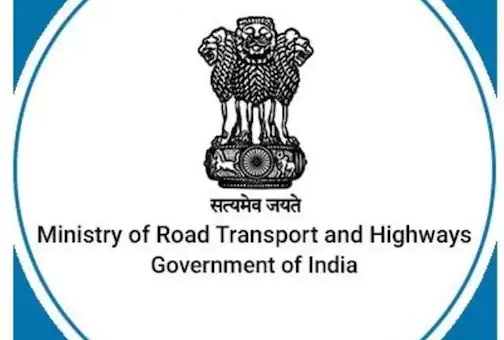The Ministry of Road Transport and Highways(MoRTH) has sought approval from the Cabinet for an investment of Rs 22 trillion in a comprehensive highway construction project. This ambitious plan aims to cover approximately 30,600 km by 2031-32 in a major push for infrastructure development.
Last week, all major ministries discussed the proposal, which was then submitted to the finance ministry. The proposal outlines the construction of 18,000 kilometers of high-speed corridors and motorways,the decongestion of 4,000 km of national highways around cities, and the creation of strategic and international roadways.About one-third of the funds will be sourced from private entities.
The ministry has asked for an increase in funding allocation for project execution of 10% every year. Later on, the financial estimate for developing 28,400 km in the second phase will be ascertained. According to the schedule, phase 2 stretch sanctioning and awarding will be finished by 2036-37.
The examination of GSTN data revealed that approximately 73% of freight was conveyed via road, while railways contributed to around 23%. Furthermore, the data indicated that for commodities transported within a distance of less than 350 km, 82% relied on road transportation, whereas for distances exceeding 600 km, 62% of the freight was transported by road.
Once completed, the average travel speed of trucks on the national highway network will go up to 85 kmph from the current 47 kmph. The average travel speed on highways is over 100 kmph in the US and 90 kmph in China. Govt expects that increasing the average speed will help India achieve its target of reducing logistics costs to 9-10% of GDP.
High-speed corridors have been identified to ensure that such stretches are accessible within 100-150 km from any part of India. Currently, only 3,900 km of high-speed corridors are operational, and by 2026-27, this figure is expected to rise to around 11,000 km.The ministry highlighted how it has planned the development of NH and expressways after carrying out assessment of GSTN data, including commodities transported from point to point and has also taken into account transportation of cargo by trains.

